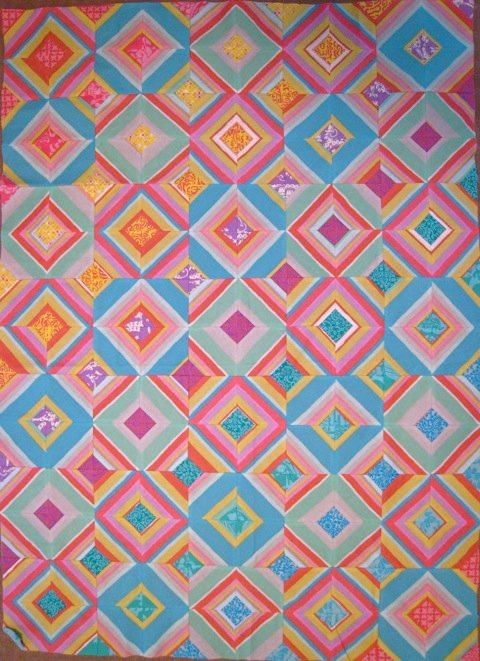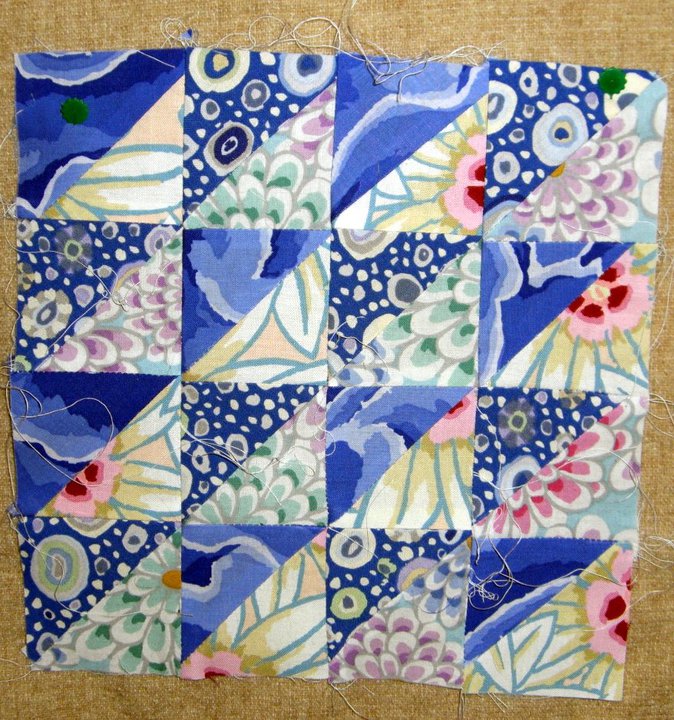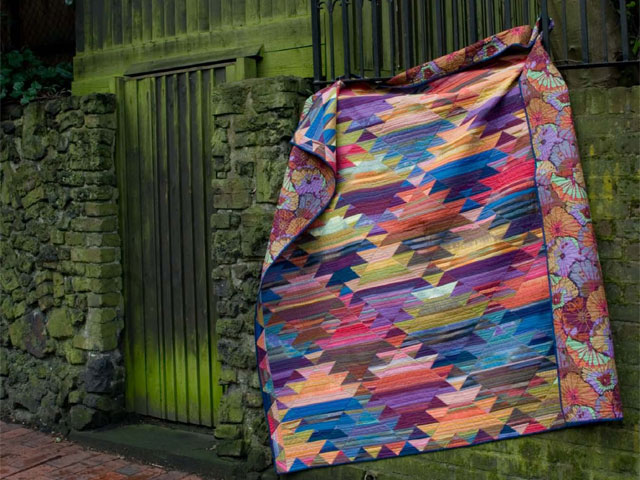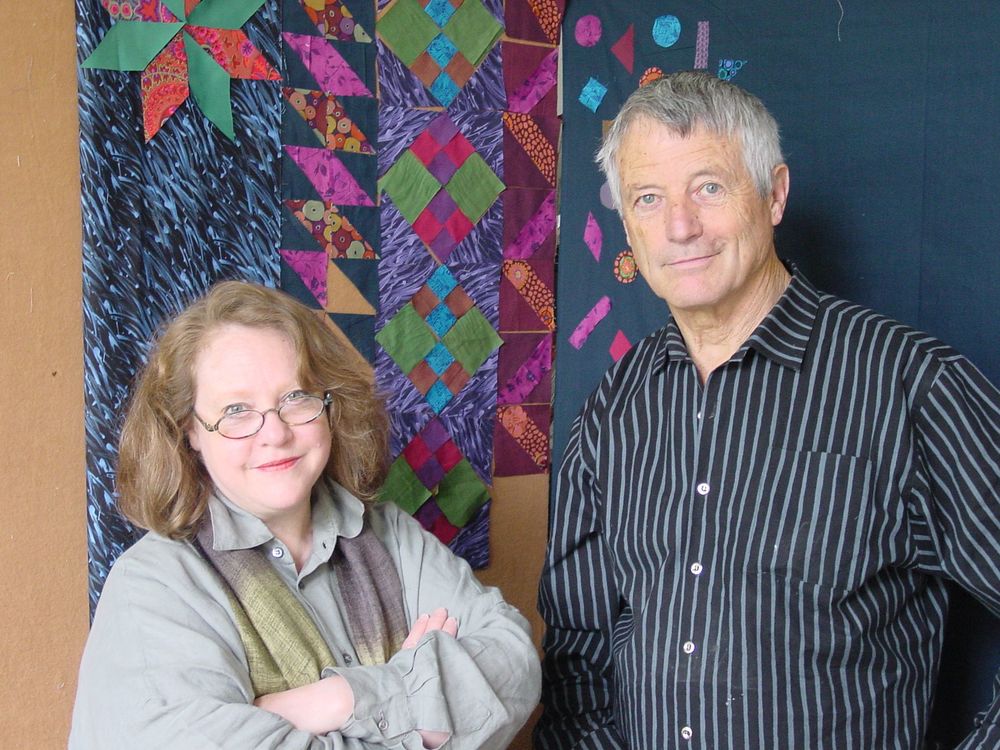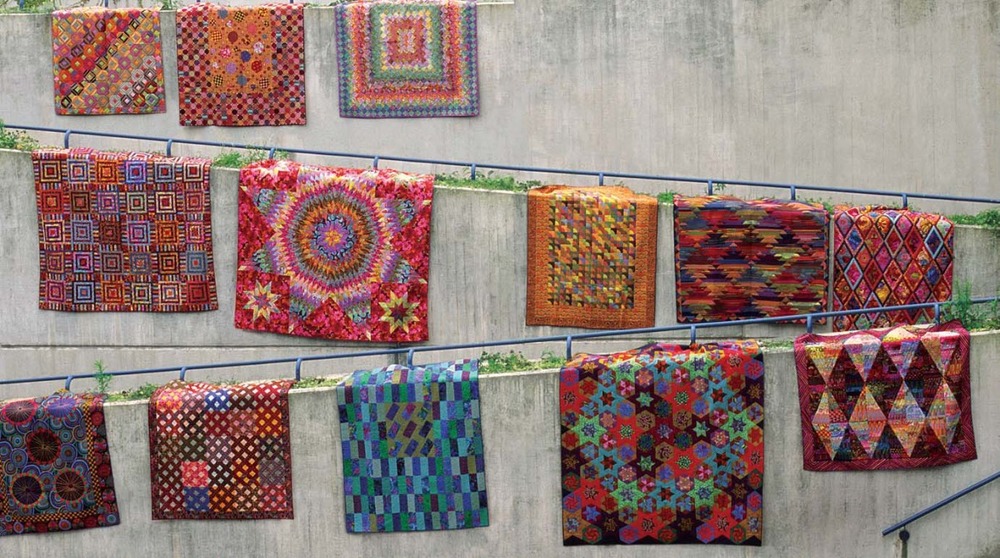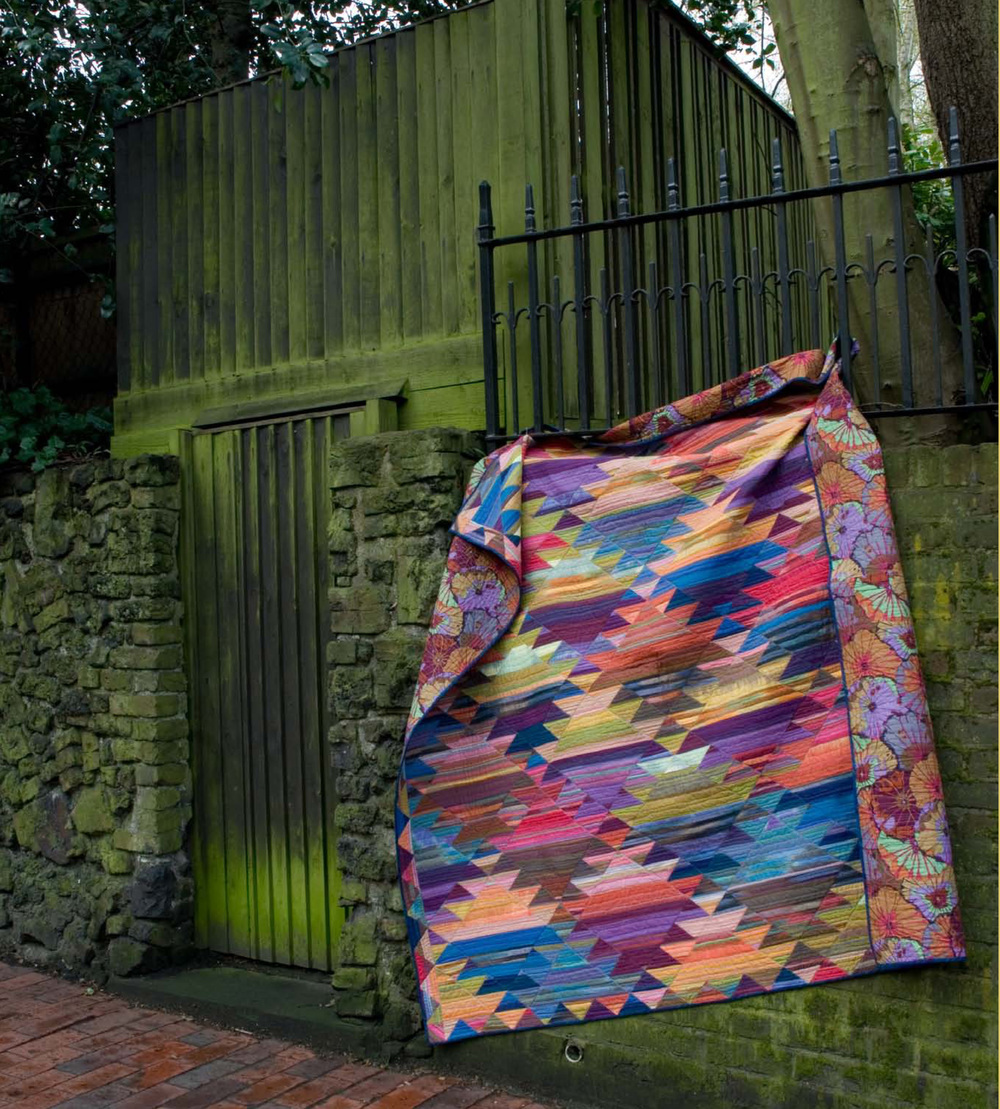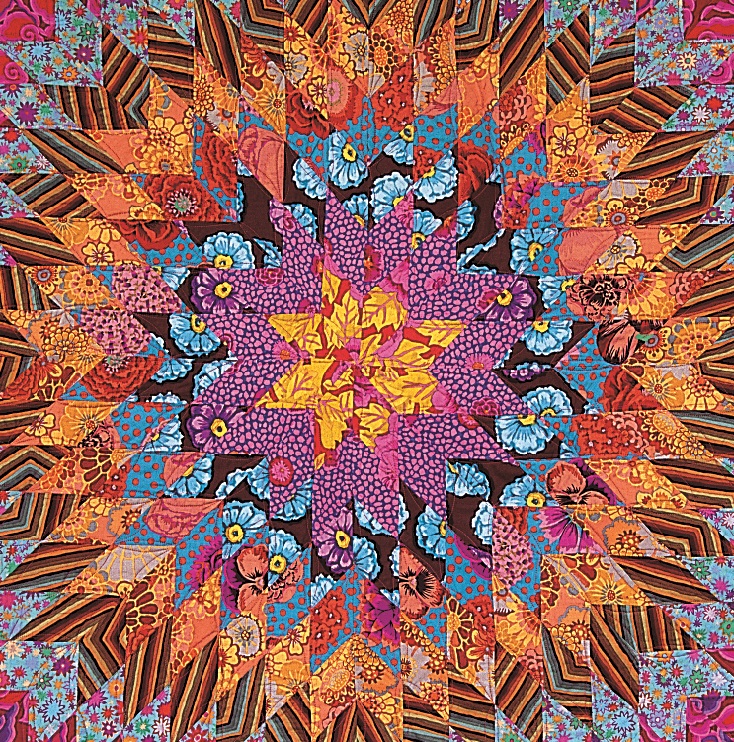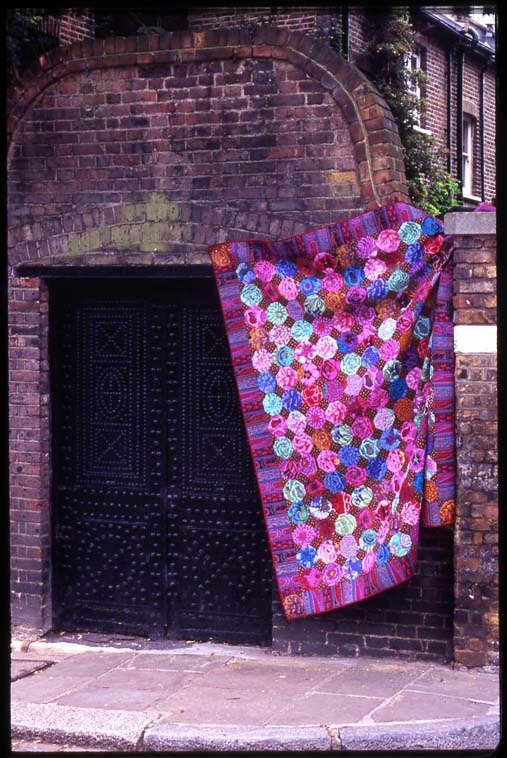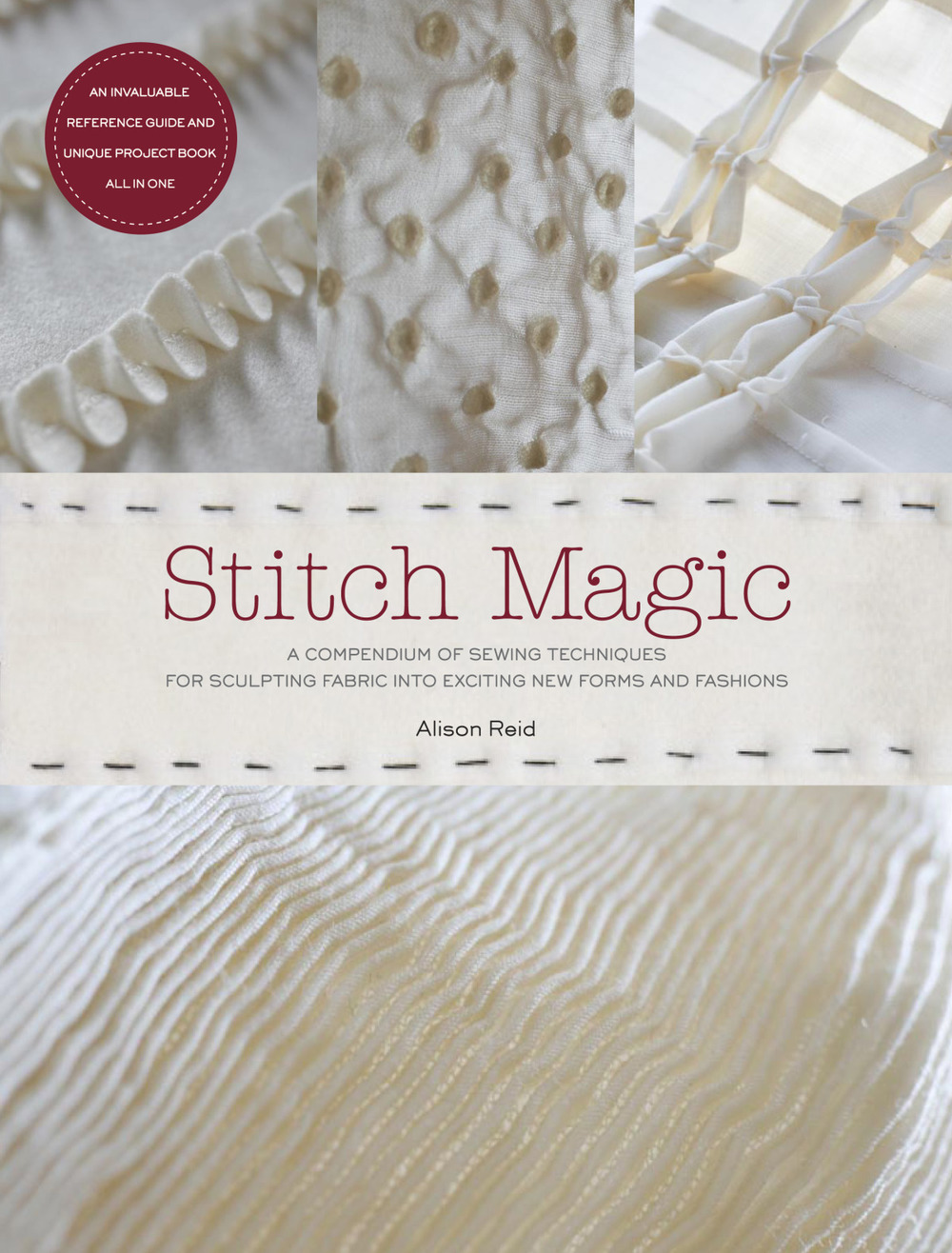
We wrapped up our Stitch Magic Stitch-Along last week and I'd say it was a rousing success. I now have several new skills under my belt to incorporate into my sewing projects, like smocking, pintucks, and cording. But the most inspiring thing for me was following Stitch Magic author Alison Reid's experimentations with fabric. I love her non-fussy, freeform techniques. I was lucky enough to do an interview with Alison and ask her some of my burning questions. I hope you enjoy it--and I very much hope you enjoyed the stitch-along!
What is your process like when developing your techniques? I imagine a lot of experimentation is involved.
I start by buying fabric, often it’s fabric that might be slightly unusual-looking. As I wrote in my book I live with it for a while and handle it. By doing this the fabric almost dictates what can be done with it. I never just launch myself in, I always have to appreciate the fabric first. Once I get going it’s just a matter of experimenting. Once I hit on an idea another one will follow. In other words, one thing informs the next.
How would you describe your philosophy when it comes to sewing and fabric manipulation?
I don’t actually have a philosophy. This creates boundaries and takes control. I have no rules; it’s all about how you feel and see things. It’s important to be creative and to be experimental. I am an art teacher as well as an author. One thing I always tell the children in my class is never be afraid to take risks. Be experimental, try new things, and never be afraid to make a mistakes. Mistakes do happen, but I find that often something great can happen out of a mistake.
What's your sewing background? Do you have traditional sewing training?
I attended art school in the 1980s and studied fashion and textiles. I specialized in woven textiles and my focus was weaving fabrics for interiors. The weaving process taught me a lot about patience and concentration. Dressing and setting up a loom could take days; you really had to be patient during that process. After finishing my own studies I taught for 20 years and it was during that time that I was sent to train in sewing at Manchester Metropolitan University.
Do you have any advice for readers looking to incorporate your techniques into garment sewing?
I love the idea of incorporating the techniques into garments. Garments are blank canvases for many of the techniques in the book. I have pattern-cutting and garment-making skills and I suppose if I was to give one piece of advice it would be to make a toile prior to using your chosen fabric. A lot of the techniques are folded, tucked, etc, so youreally need to work out how much fabric the technique needs.
What are you working on now? Can we look forward to more books from you?
Yes, I am working on some other things right now. I am not allowed to say what they are at the moment but, yes, you will see more books by me.
Thanks, Alison! And thanks to all the readers and stitchers who joined our stitch-along!

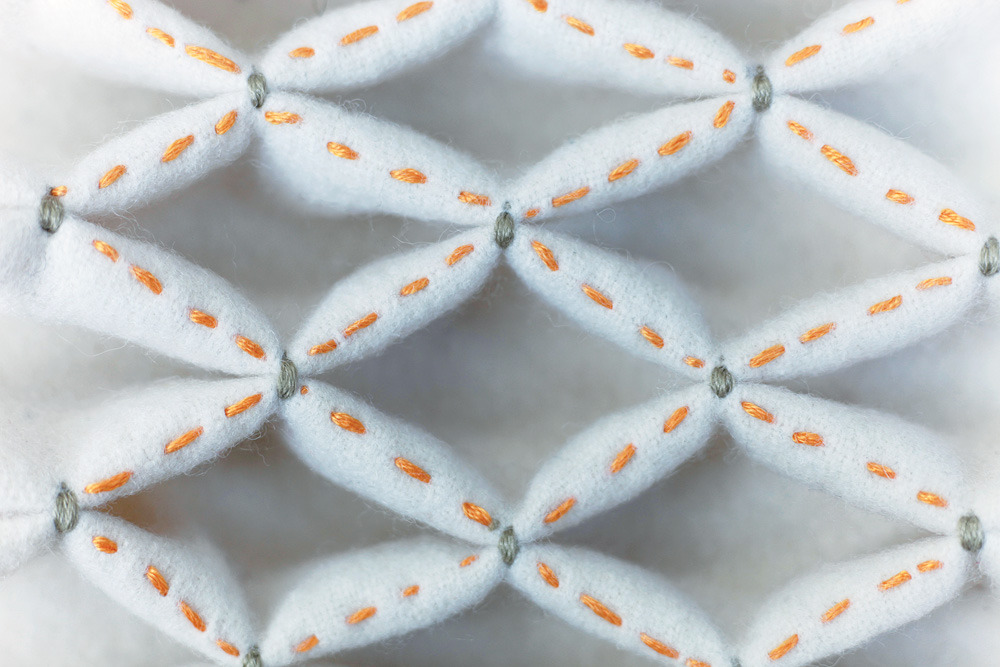
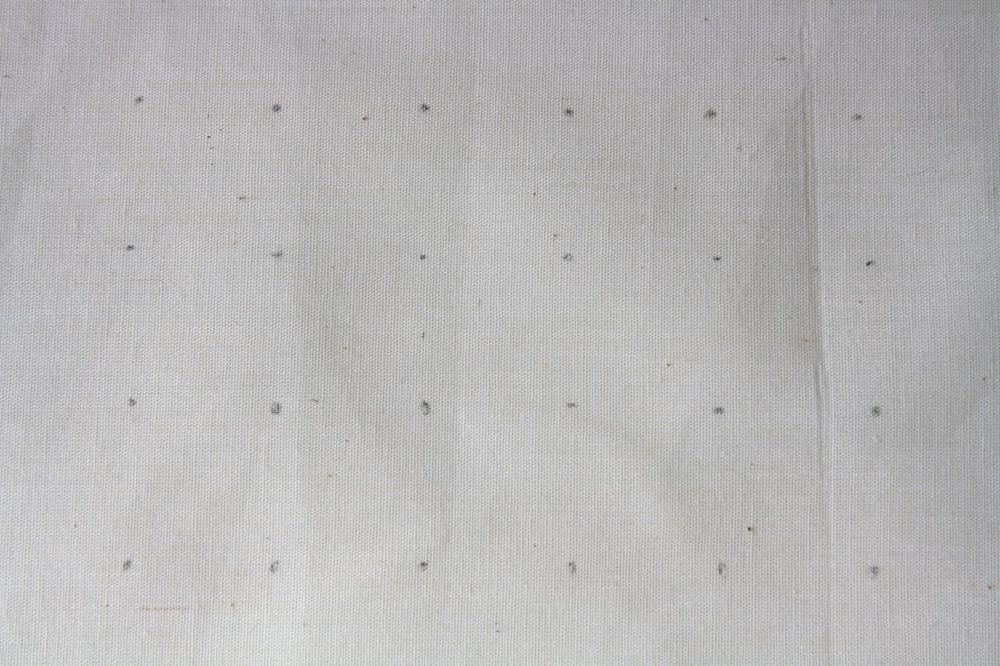
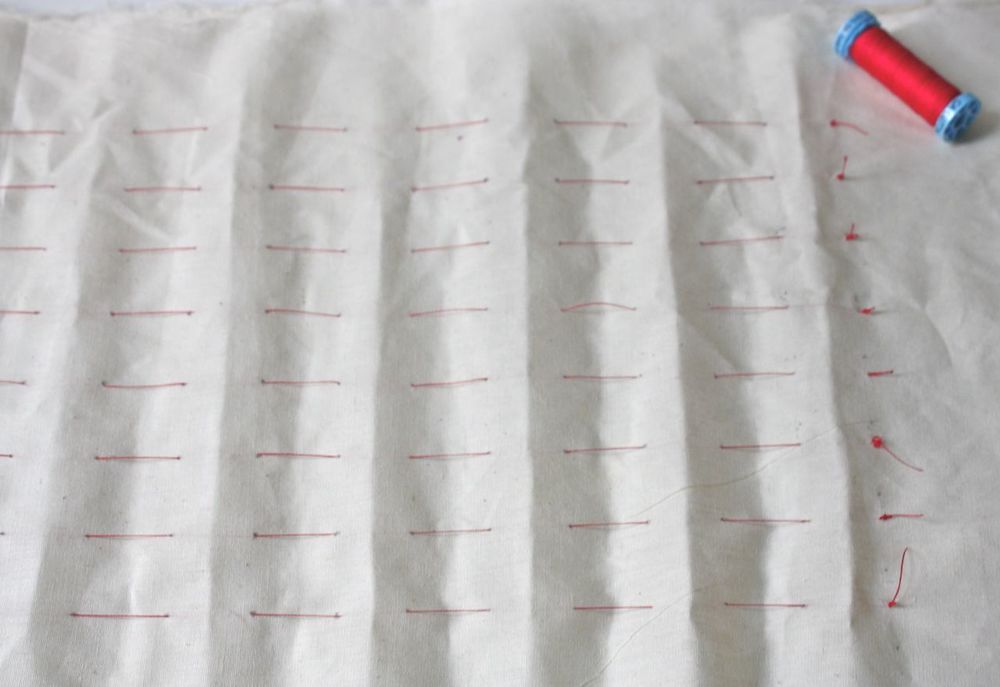
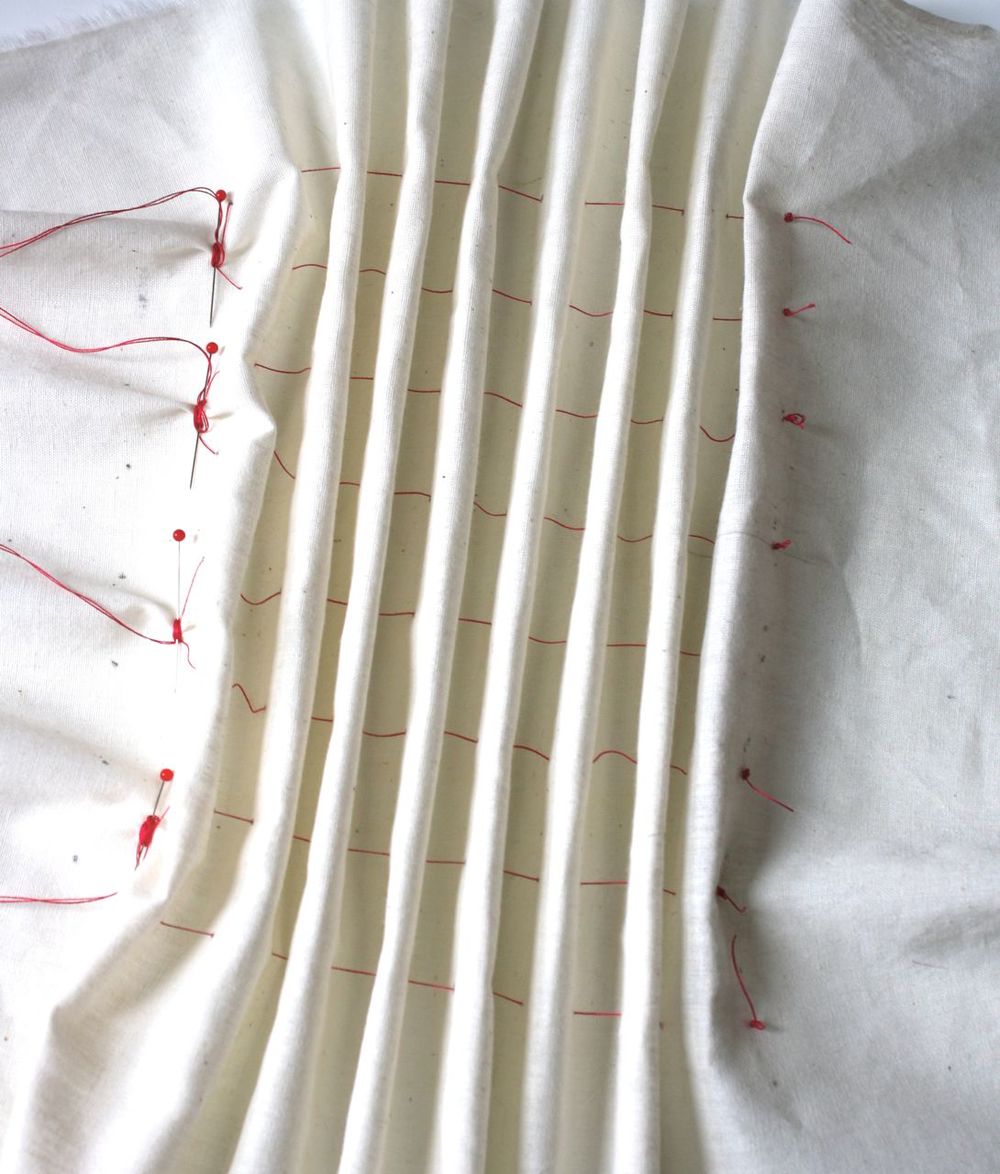
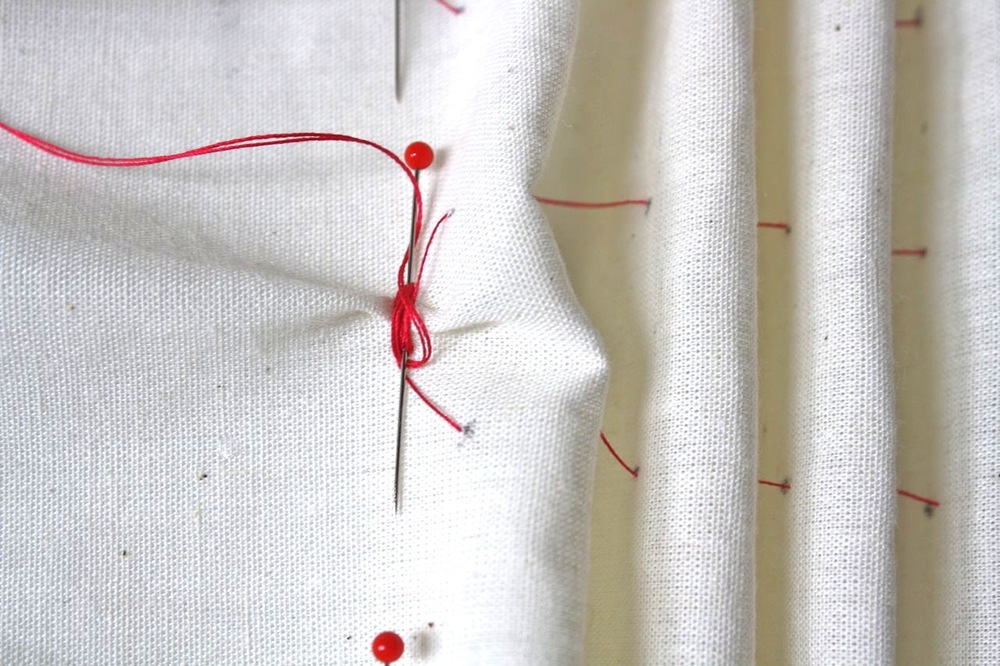

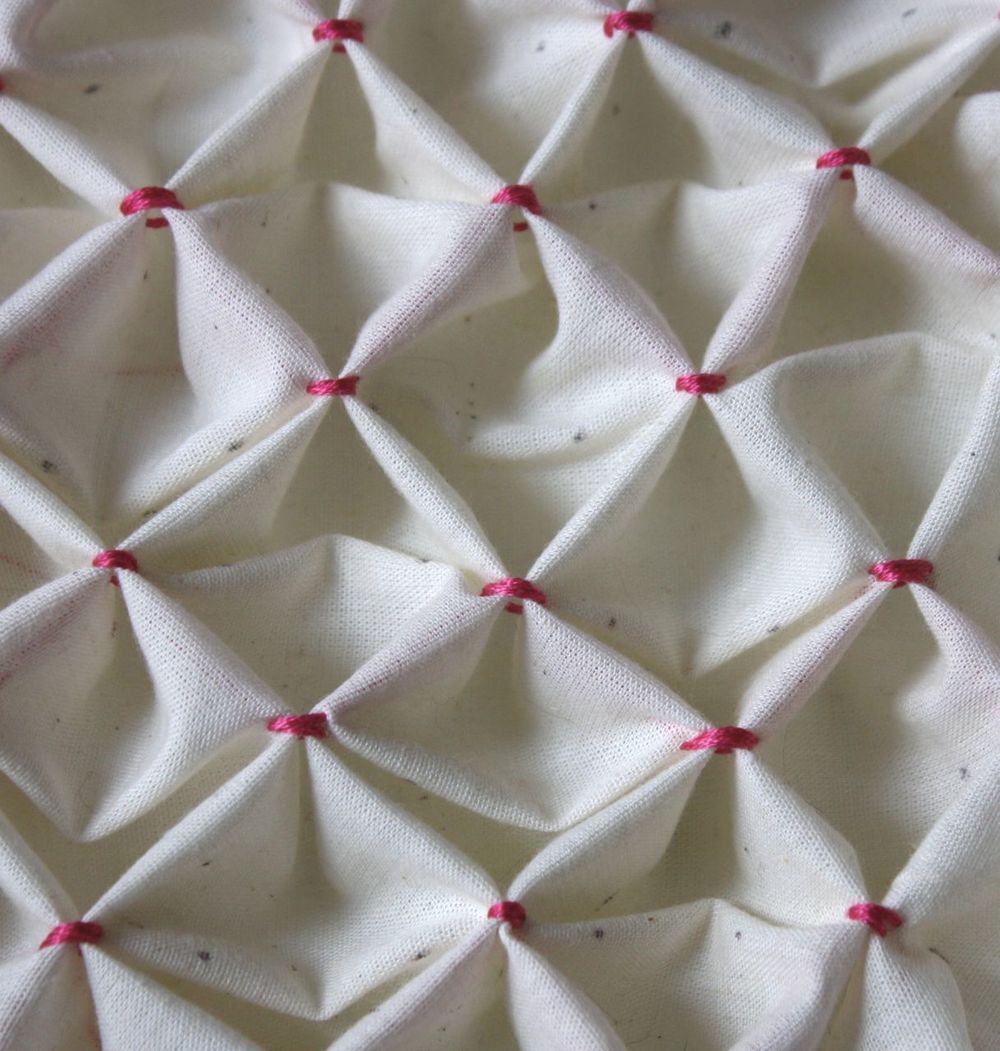
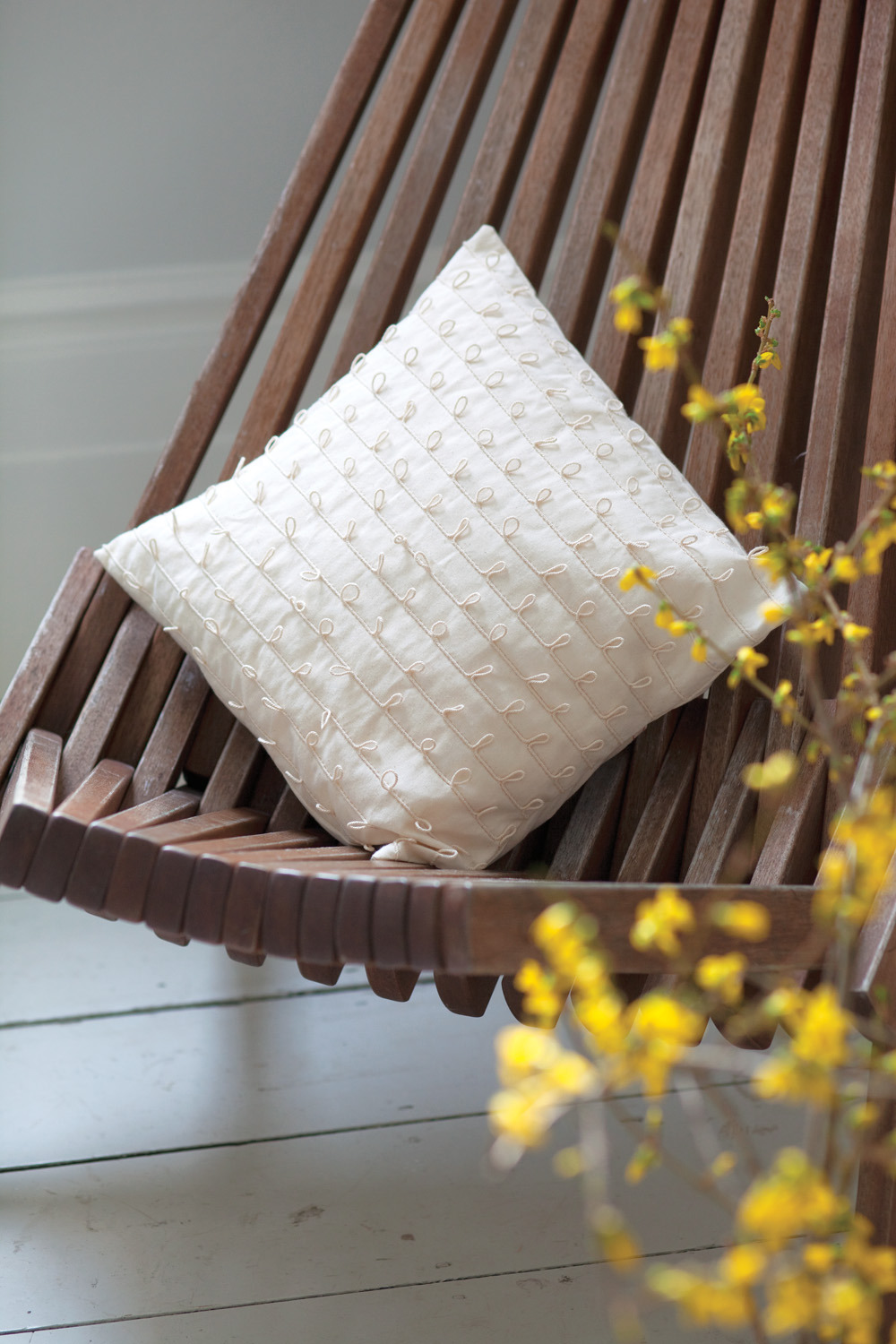
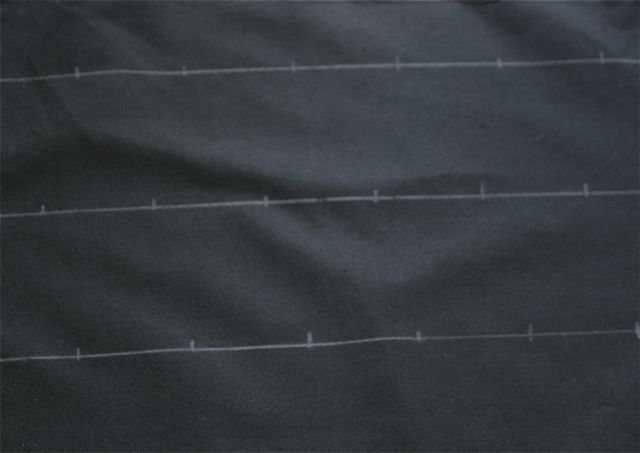
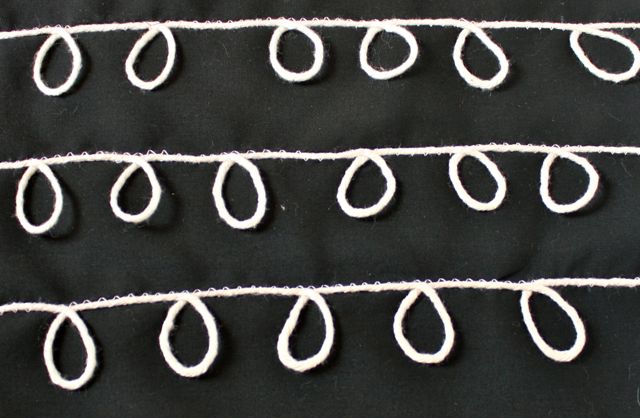

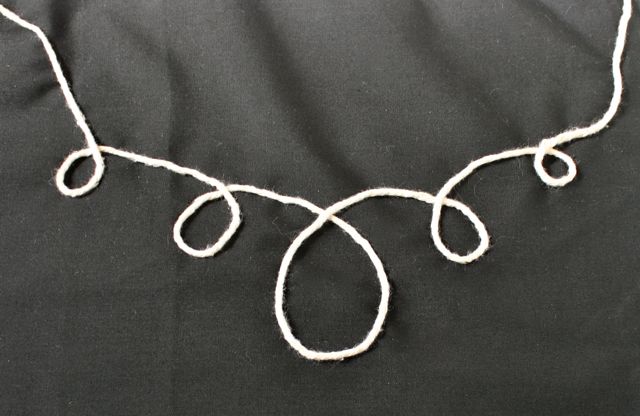



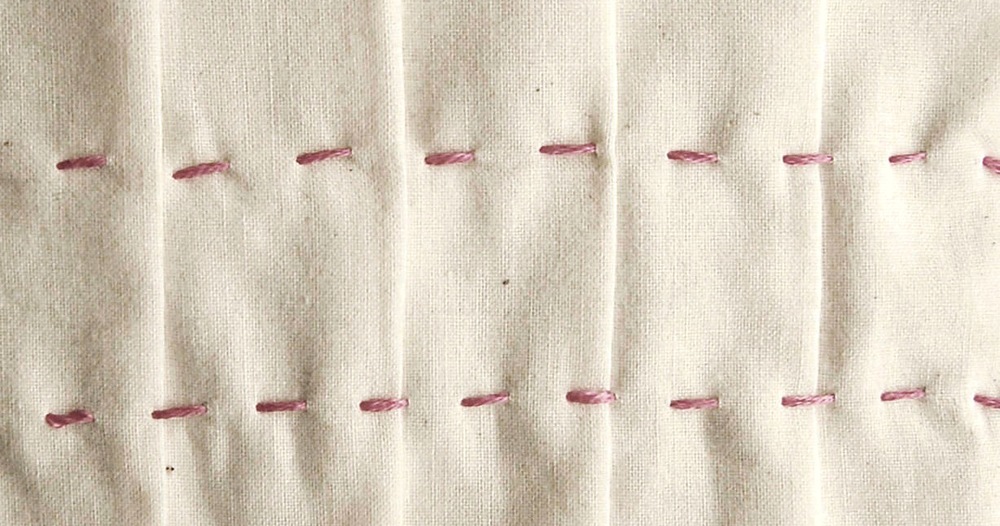


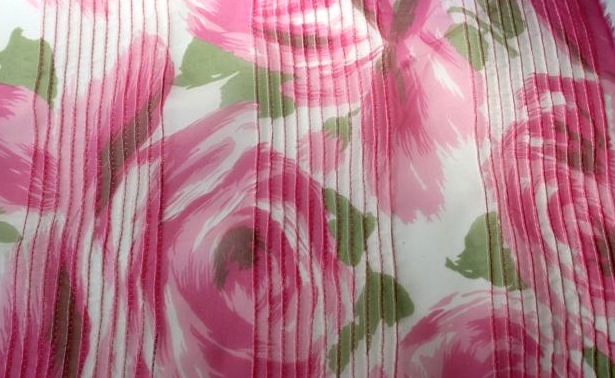



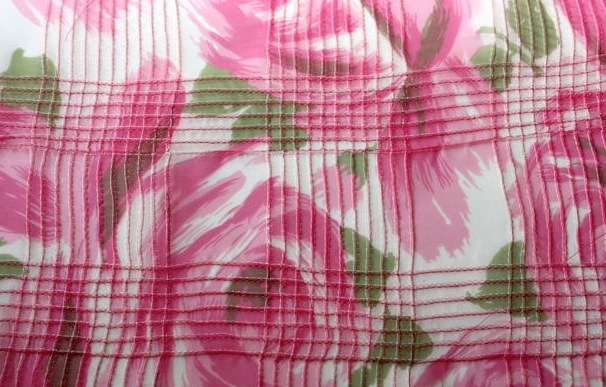


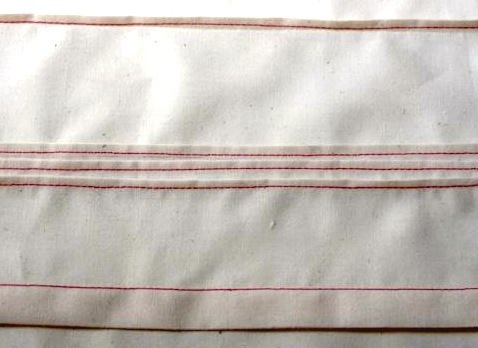
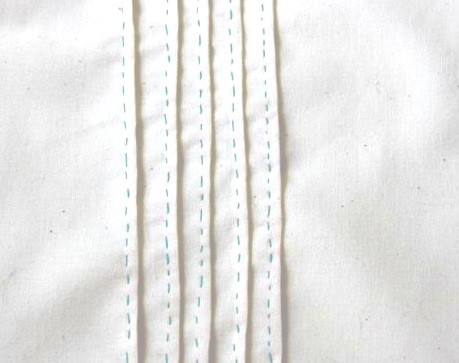


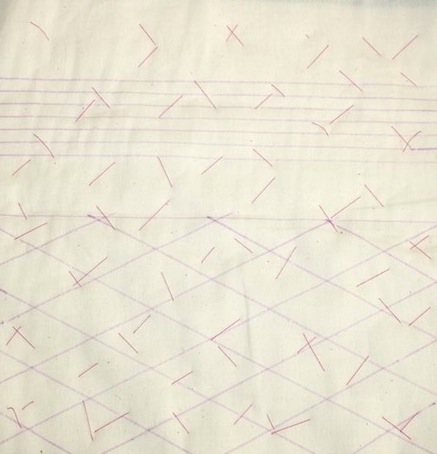

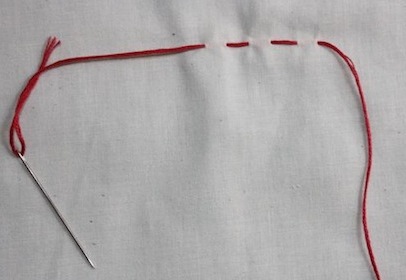







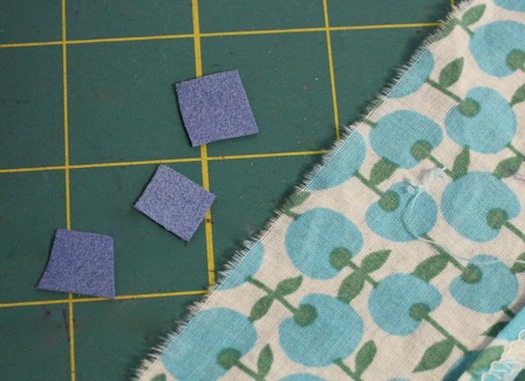
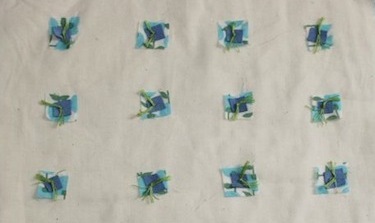
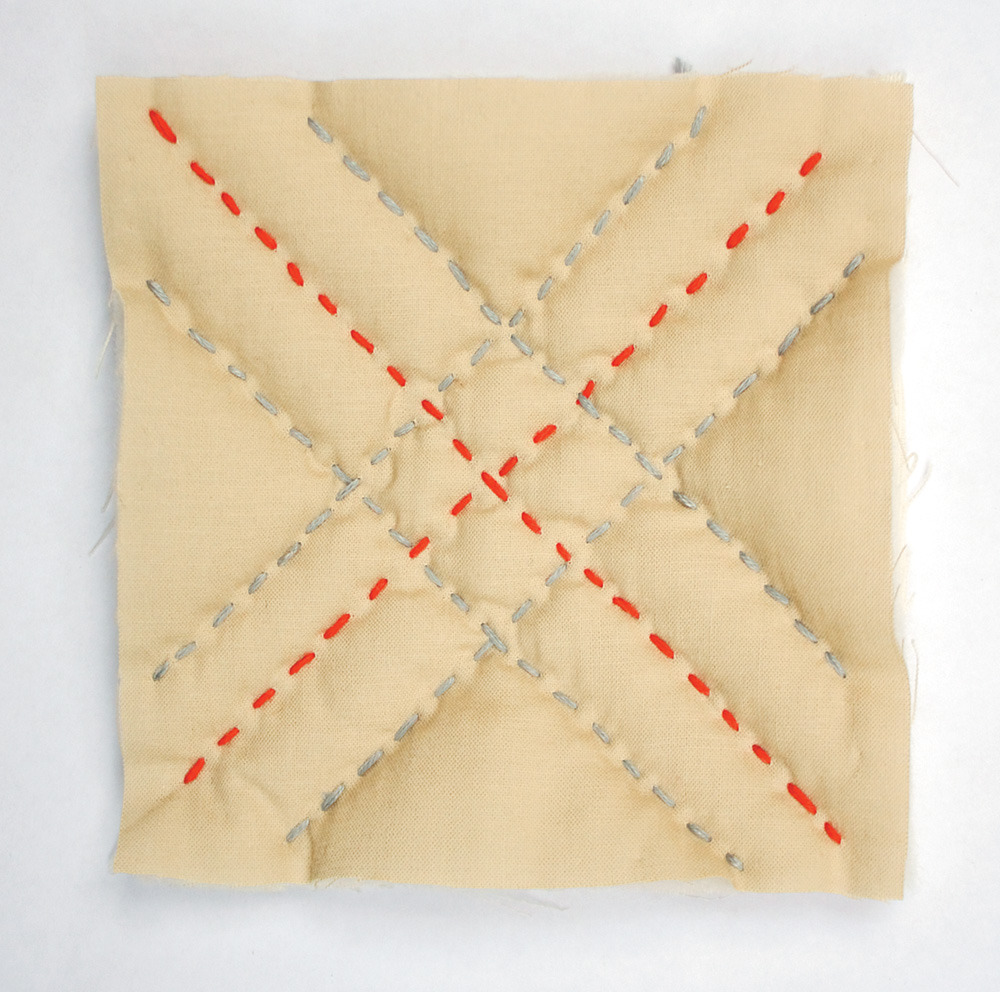

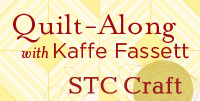 Welcome to the third month of the
Welcome to the third month of the 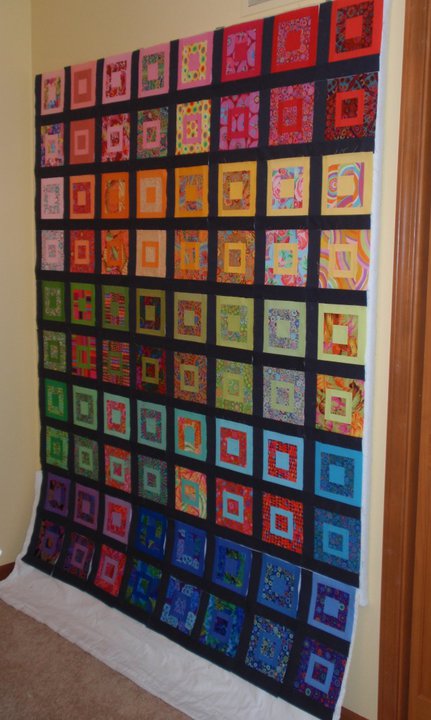 "All I can say is more of the same exciting creativity, please! I love seeing works in progress and it’s very satisfying to see finished pieces with such exciting use of colour. What a stimulation it has been for me to see how many creative people are beaver-ing away in their own corners of the world. How good to see that some of you move away from the computer to make something! Thank you for the ongoing show."
"All I can say is more of the same exciting creativity, please! I love seeing works in progress and it’s very satisfying to see finished pieces with such exciting use of colour. What a stimulation it has been for me to see how many creative people are beaver-ing away in their own corners of the world. How good to see that some of you move away from the computer to make something! Thank you for the ongoing show."